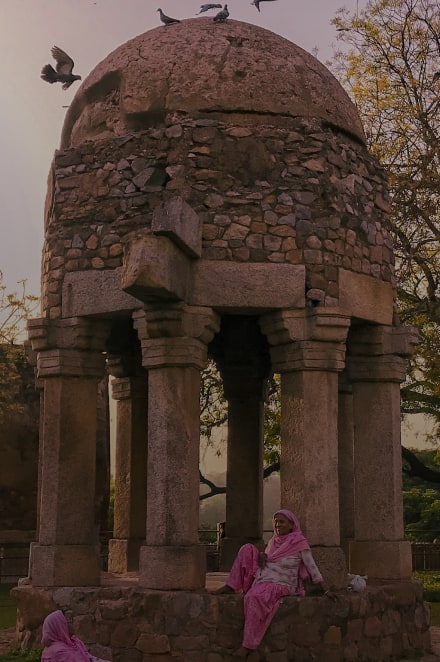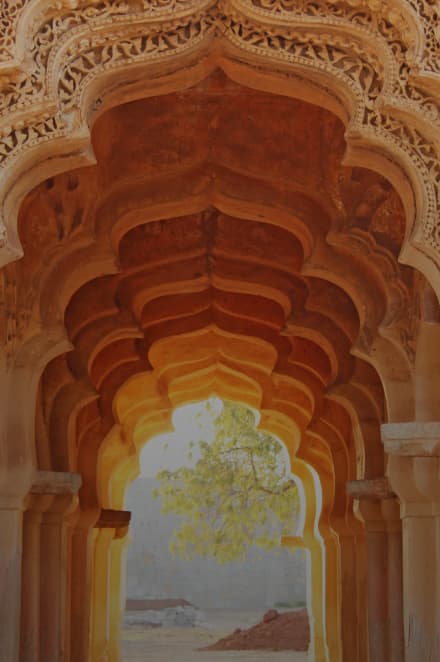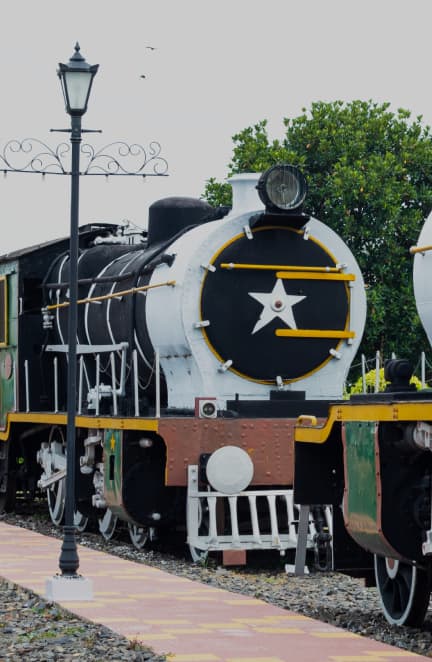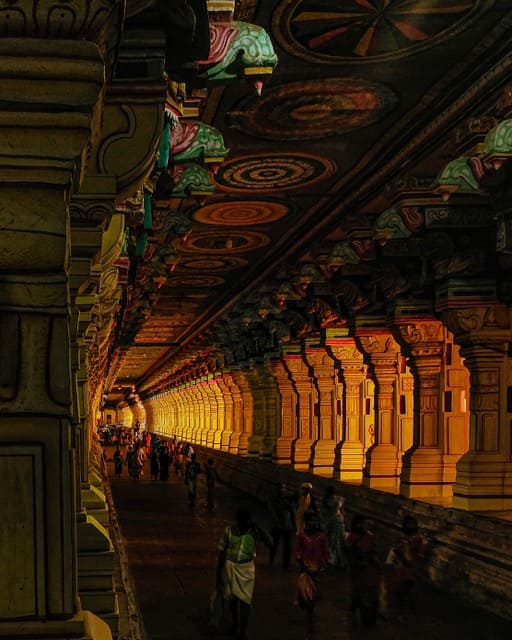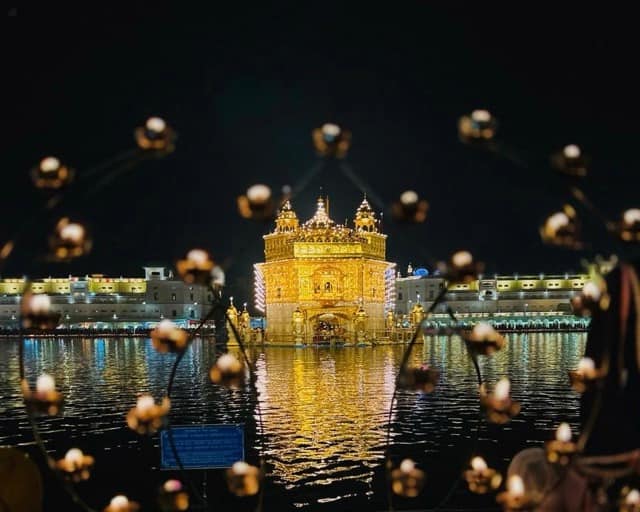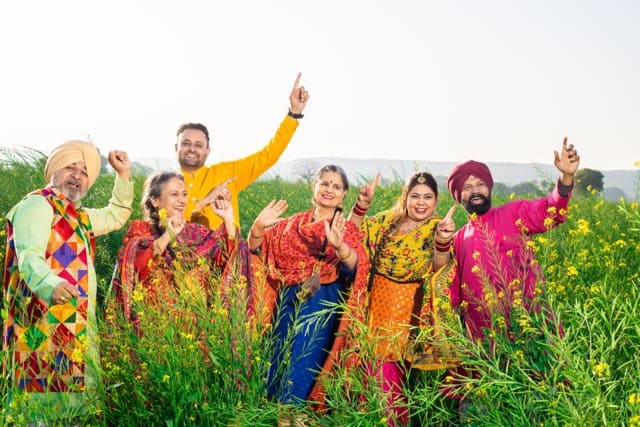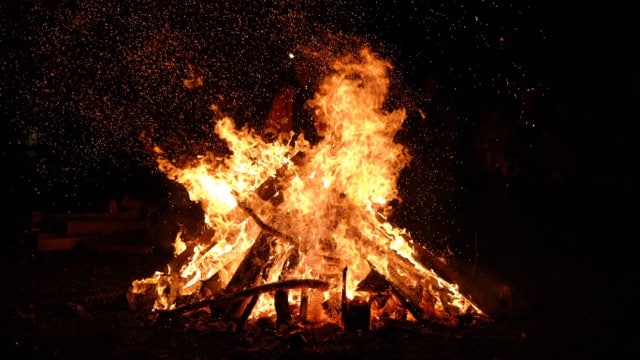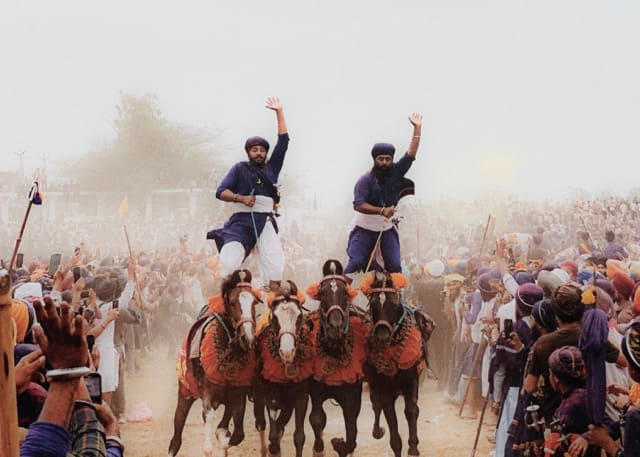Amritsar is a vibrant city in Punjab known for its rich history, culture, and food. Founded in the 1570s by Guru Ram Das, the place has grown into a bustling hub for tourism and trade, earning its reputation as a significant commercial and cultural centre. At the city's heart lies the Golden Temple, a spiritual and architectural marvel that attracts millions of visitors annually. It is a prominent place of worship for Sikhs and a key attraction in Amritsar tourism. Moreover, the city also houses the Jallianwala Bagh memorial, a poignant reminder of India's struggle for independence. If you're seeking a wholesome Amritsar travel guide, here is all the information for a spiritual and enriching immersion journey.
How to reach Amritsar:
- By air: Sri Guru Ram Das Jee International Airport is situated 10 km from the city centre. The airport has only one terminal integrating domestic and international arrivals and departures. It handles all flights to Amritsar and from it.
- By train: The Amritsar Railway Station connects the city with most places in Punjab and across India. You'll find regular trains from Mumbai, Chennai, Hyderabad, Agra, Chandigarh, and Kolkata.
- By road: Amritsar has excellent bus connectivity with various cities in Punjab and neighbouring states. Amritsar Interstate Bus Terminal (ISBT) operates buses to and from destinations like Delhi, Chandigarh, Jalandhar, and Ludhiana. Both government and private buses run on these routes.
- Getting around/local transport in Amritsar: Tourists have various transportation options. You can hop on buses, catch auto rickshaws or cycle rickshaws, and there are plenty of cabs available, which are particularly convenient for group travel.
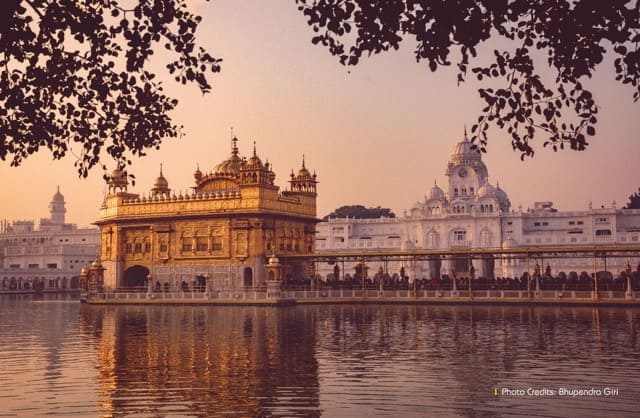
The Golden Temple
Ethereal beauty, religious site, and gilded structure.
Exploration time: 1-2 hours
Jallianwala Bagh
Exploration time: 1-2 hours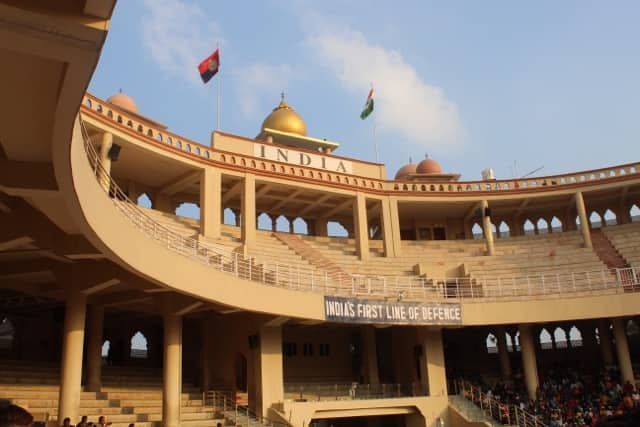
Wagah Border
Exploration time: 2-3 hours
Qila Gobindgarh
Exploration time: 1-2 hours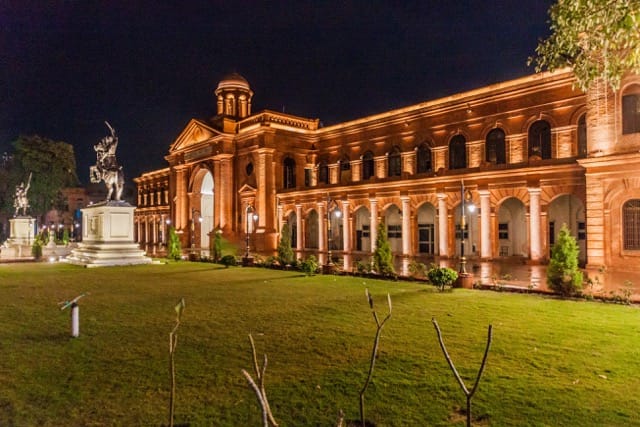
The Partition Museum
Exploration time: 1 hour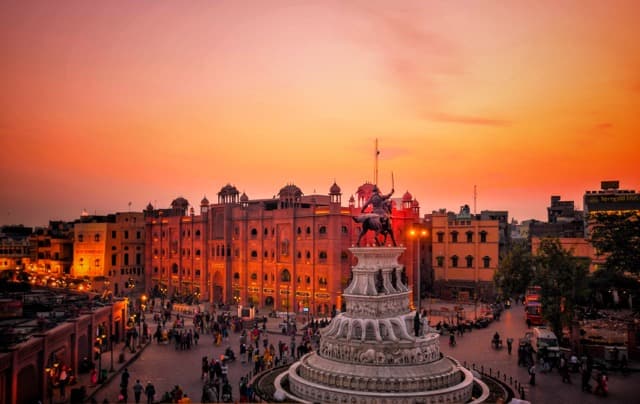
Maharaja Ranjit Singh Museum
Exploration time: 2 hoursPlaces to eat
Amritsar is one destination in India that deserves the undivided attention of food explorers. Add these best eateries to your Amritsar tourism diary to kickstart the gastronomic journey.
Things To Do
In Amritsar, you will have plenty of things to experience that will make your trip to this place eventful.
Best time to visit
The best time to visit Amritsar is from October to March when the weather is cool and pleasant to explore the city's attractions.
Most commonly spoken languages
Punjabi is the most commonly spoken language in Amritsar, followed by Hindi and English.
Discover the vibrant markets of Amritsar, which offer a blend of traditional crafts, exquisite jewellery, and local delights that are sure to promise a shopping experience like no other.
Where to shop
- Lahori Gate: It is a popular shopping destination for clothes – fabrics, salwar kameez/suits, shawls, and more. The quality is good, and the price is reasonable, but when shopping here, don’t forget to bargain. The place also offers terrific street food.
- Hall Bazaar: Hall Bazaar is a one-stop place for all your shopping needs, from footwear to clothing, handicrafts, and street food. Remember to pick up souvenirs, and don't miss the numerous shops and stalls selling varieties of aam papad, wadiyan, pickles and mithai.
- Shastri Market: This is a well-known destination for jewellery shopping. Located near the Golden Temple, it is a famous market among locals and tourists. Additionally, you can find a good variety of clothing options, including many wholesale shops.
- Guru Bazar: Guru Bazaar, located near the Golden Temple and Guru Ka Mahal, is a favourite shopping spot, especially for beautiful gold and silver jewellery, including the traditional Jadau style. The market boasts around 2,500 shops, known for selling not only jewellery but also earthen lamps, diyas, and idols.
More reasons to visit
Amritsar is known for its fascinating history, lively culture, and spiritual importance, offering a multitude of compelling reasons to visit:
- Durgiana Temple: Durgiana Temple, also known as the Durga Tirath Temple, is a Hindu temple in Amritsar. Built in the 20th century, it is dedicated to Goddess Durga and modelled after the Golden Temple's design. It is renowned for its stunning architecture, featuring intricate carvings and a dome covered in gold. The temple complex also includes shrines dedicated to other Hindu deities.
- Gurdwara Baba Atal Rai: Gurdwara Baba Atal Rai is another prominent Sikh gurdwara in Amritsar. It is dedicated to Baba Atal Rai, the son of Guru Hargobind Sahib, the sixth Sikh guru. The gurdwara boasts a unique architecture, featuring a nine-story octagonal tower.
- Ram Tirth: Ram Tirth Temple is a significant historical and religious site associated with the epic Ramayana. It is believed to be the ashram of sage Valmiki, where Sita, the wife of Lord Rama, gave birth to her twin sons. The temple complex also includes a sacred pool called Sita Kund which is considered sacred by devotees.


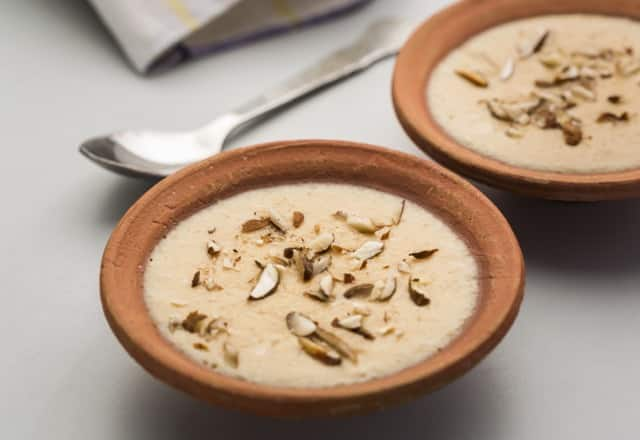
.png)
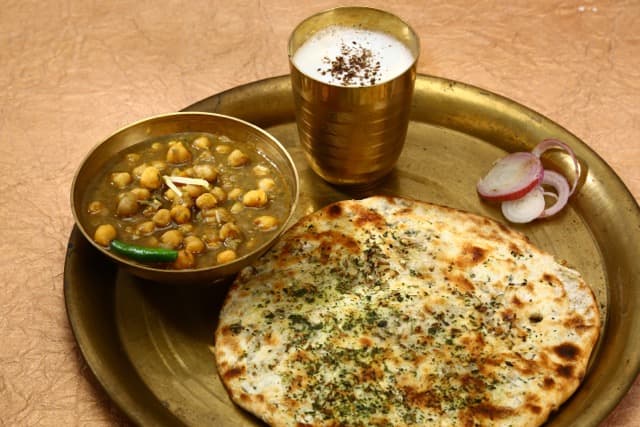
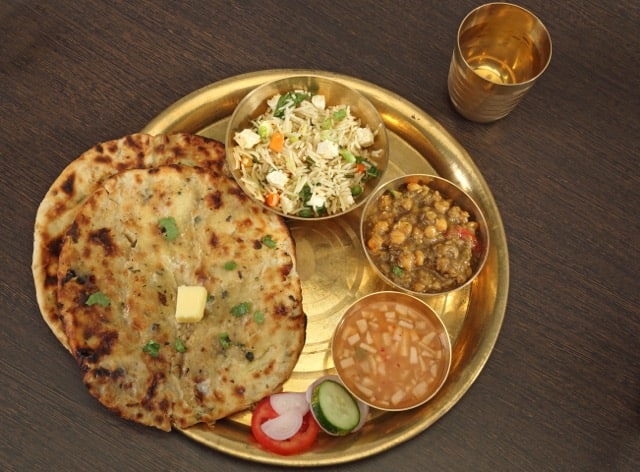

.png)
